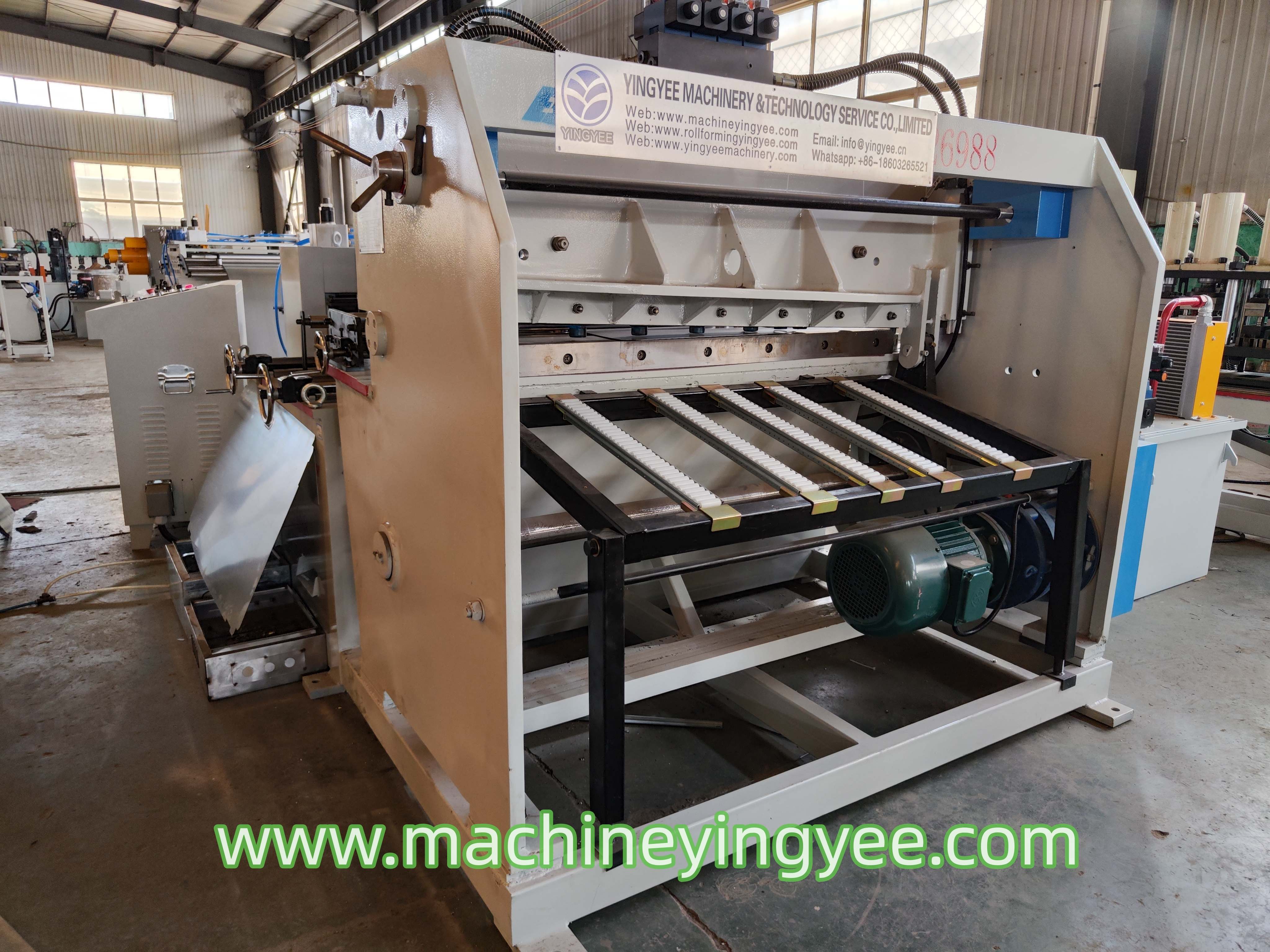
Understanding Metal Slitting Lines An Overview
Metal slitting lines play a crucial role in the manufacturing industry, particularly in the processing of steel and other metals. These lines are designed to convert large metal coils into narrower strips, which can be utilized in various applications, such as automotive production, construction, and appliance manufacturing. Let’s delve into the components, operation, and significance of metal slitting lines.
At the core of a metal slitting line is the slitting machine, which consists of a series of rotary blades or knives. This equipment is powered by advanced technologies to ensure high precision and efficiency. The slitting process begins with the unwinding of a large coil of metal, typically referred to as a master coil. As the coil unwinds, it passes through a series of rollers that guide the material into the slitting zone.
The slitting blades cut the metal into several strips of predetermined widths. The precision of these cuts is essential, as variations can lead to waste and inefficiency. Most modern slitting machines are equipped with computerized systems that allow for quick adjustments and accurate measurements. This technology enhances the productivity of the slitting process, enabling manufacturers to meet the demands of various industries.

After the metal has been slit into narrower strips, the next step involves recoiling the individual strips onto separate spools. This setup facilitates easy handling and transportation of the materials, which can then be fed into further processing lines or sold directly to customers. The finished product may vary in width from a few millimeters to several centimeters, depending on the specific requirements of the end user.
The significance of metal slitting lines extends beyond just processing materials; they contribute significantly to the efficiency of supply chains. High-quality slitting lines can significantly reduce production cycle times and improve flexibility in manufacturing. This capability is especially vital in industries that require rapid response to market demands, such as automotive and construction industries.
Furthermore, advancements in technology, such as automation and AI integration, are continuously enhancing the operation of metal slitting lines. These innovations lead to increased safety, reduced operational costs, and improved material quality.
In conclusion, metal slitting lines are an indispensable component of modern manufacturing. They not only streamline the production process of metal strips but also play a vital role in ensuring product quality and operational efficiency. As technology continues to evolve, so too will the capabilities of slitting lines, paving the way for even more innovative applications in the metalworking industry.